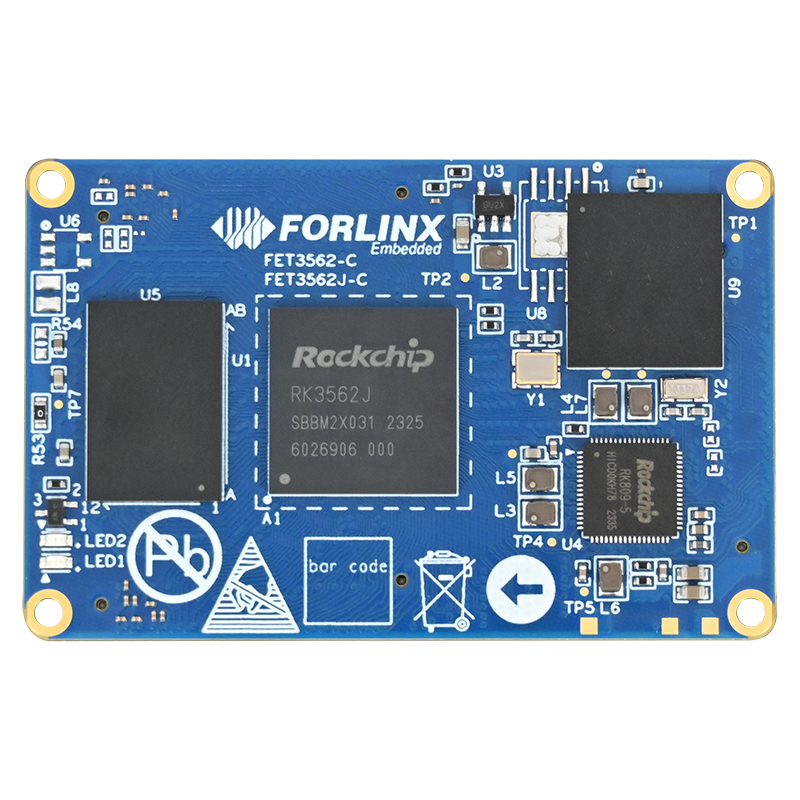
A Deep Dive into Forlinx Embedded's R&D Laboratory (Part 3)
To offer a more comprehensive understanding of Forlinx Embedded's exceptional R&D capabilities, we have produced a series of "Lab Visit" videos. In last two segments, we introduced six key test projects: Electrostatic Discharge (ESD) Immunity Test, High and Low Temperature/Temperature Cycling/Humidity Test, Vibration/Impact/Collision Test, Drop Test, Salt Spray Test, and Electrical Fast Transient/Burst Immunity Test.
Review is possible by clicking the respective titles:
>>A Deep Dive into Forlinx Embedded's R&D Laboratory (Part 1)
>>A Deep Dive into Forlinx Embedded's R&D Laboratory (Part 2)
>>A Deep Dive into Forlinx Embedded's R&D Laboratory (Part 3)
1.Stability Test
During prolonged operation, multiple power cycles, or restarts, equipment components may probabilistically exhibit abnormalities due to aging, critical electrical parameters, or inadequacies in software logic design. This may result in the equipment's inability to function, start, or restart normally, significantly reducing its reliability. Stability testing is a process used to verify the reliability and performance capabilities of equipment during prolonged operation, multiple power cycles, and restarts.
2.Surge Test
High-voltage switch operations or lightning strikes can generate transient overvoltage or overcurrent on power grids or communication lines. This is a form of electromagnetic interference with significant energy. Such interference can result in circuit faults or damage to electronic and electrical equipment. A surge (shock) immunity test can check the ability of electrical and electronic products to withstand such electromagnetic disturbances.
3.Interface Conformance Test
Ultimate interface conformance testing not only diminishes system failures and risks but also enhances the quality of hardware and software, elevates the trustworthiness of the system, guarantees synchronized operation among components, and mitigates the peril of system failures and crashes.
The research and development laboratory serves as the technological backbone and innovation engine of a high-tech enterprise, equipped with complete facilities, standardised processes, and strict standards. This guarantees the advanced functionality, stable operation, and reliable quality of products in the face of intense market competition, enabling them to stand out.





